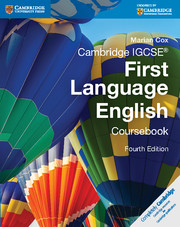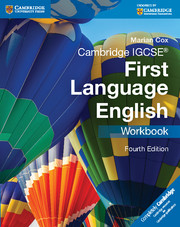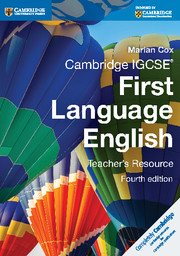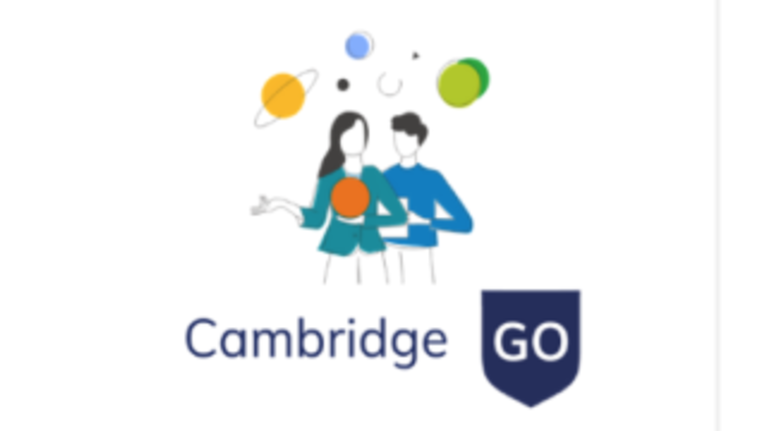Cambridge IGCSE First Language English Coursebook (fourth edition) is designed to support the Cambridge IGCSE First Language English (0500) and Cambridge International Level 1 / Level 2 Certificate First Language English (0522).A student-friendly resource Cambridge IGCSE First Language English Coursebook (fourth edition) teaches the reading and writing techniques required for the Cambridge IGCSE, as well as providing two bespoke units on speaking and listening techniques, plus embedded activities on these skills throughout. It includes carefully designed activities on a variety of engaging topics, set out in 14 lively, full-colour units. All our supporting resources, like audio files and answer sheets, have now moved to Cambridge GO – the new home for all your Cambridge digital content. Go to Cambridge GO to register and access files for any of your Cambridge titles. If you already have an account, just log in and go to ‘add new resources’.
Features
- Fully matches the new syllabus whilst still including the successful topic-based approach to learning.
- Progression of skills development through imaginative activities.
- Contains four themed sections selected for their relevance to students worldwide.
- Each unit of the coursebook focuses on a different component of the course: reading, directed writing, composition or speaking and listening. All units cover the learning objectives for that component, building up through the unit so skills are gradually developed.
- Reading passages have been fully updated to include new international texts and a global approach to learning.
- Language accessible to students of a wide range of abilities.
- Provides clear, practical support for students.
- Task tips and Further practice boxes help students build confidence and develop the skills needed to fulfil their potential.
Table of Contents
- Introduction to the Fourth edition
- Skills grid
- Part 1. Travel and Sport: Unit 1. Reading comprehension - skimming and scanning, selecting points for summary, making notes using your own words, looking at writers' language choices
- Unit 2. Response writing - journals, letters, considering audience, choosing a style
- Unit 3. Continuous writing (descriptive) - planning compositions, writing descriptions, using adjectives and imagery
- Part 2. Work and Education: Unit 4. Reading comprehension - understanding, selecting and organising material for summary questions
- Unit 5. Response writing - transforming information, news reports, letters
- Unit 6. Continuous writing (informative and descriptive) - giving an account, structuring description
- Part 3. People and Society: Unit 7. Reading comprehension - expanding notes, sentence structure, vocabulary building, summary style, analysing how writers achieve effects
- Unit 8. Response writing - persuasive devices, analysing techniques, writing publicity material, drawing inferences, writing in role, targeting an audience
- Unit 9. Continuous writing (narrative) - plot, setting and atmosphere
- Part 4. Ideas and Technology: Unit 10. Reading comprehension - collating texts, analysing style, vocabulary building, advanced punctuation
- Unit 11. Response writing - spelling techniques, expressing and supporting a view, collating and ordering information, reports and articles
- Unit 12. Continuous writing (narrative) - character, voice, viewpoint, using dialogue
- Part 5. Speaking and Listening: Unit 13. Preparing a talk
- answering questions, engaging in dialogue
- Unit 14. Group discussion, facts versus opinions, defending opinions, delivering a speech
- List of terms
- Acknowledgements.
Advice on useful tools
Advice on useful tools, activities and timetabling from teachers experiencing school closures.
Cambridge GO
All our supporting resources have now moved to Cambridge GO – the new home for your Cambridge digital content.
Listen to our podcast
Listen to our podcast to discover teaching inspiration & advice from leading educational thinkers.






